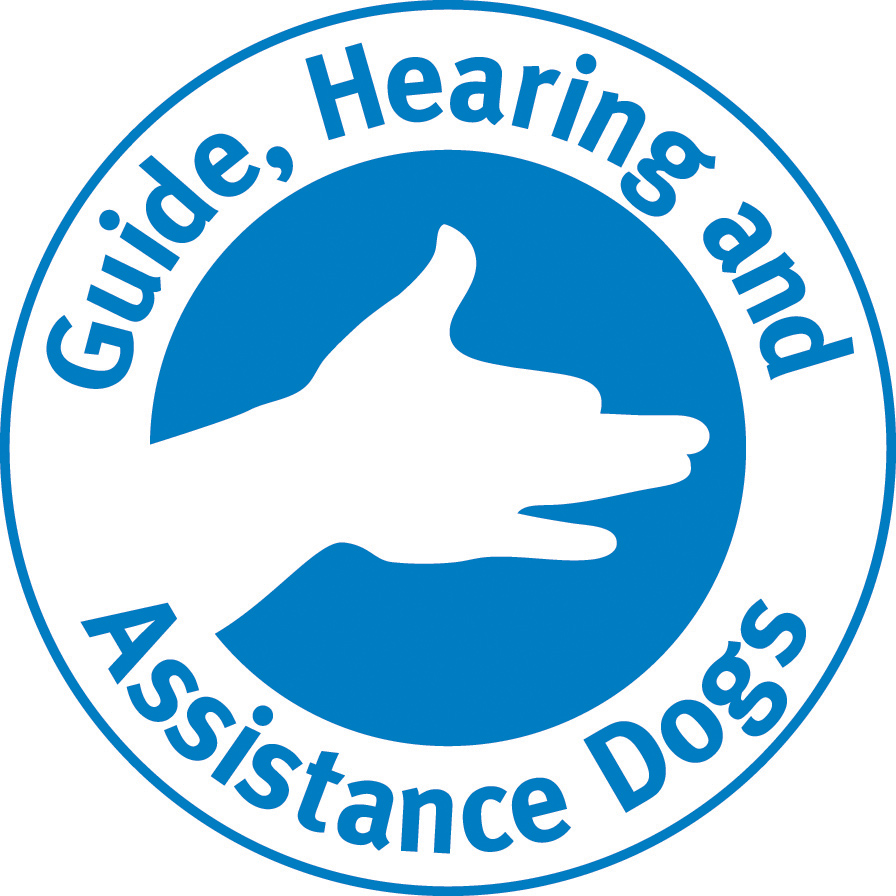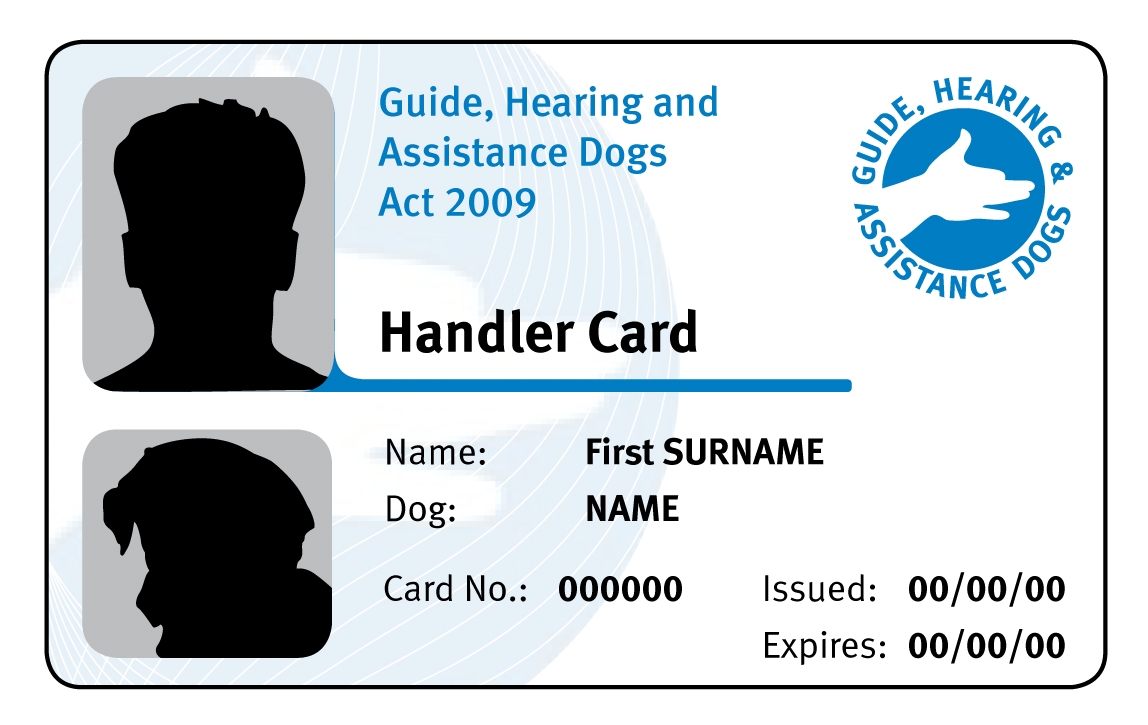Businesses, organisations and transport providers
What is a guide, hearing or assistance dog ?
Guide, hearing or assistance dogs receive extensive training to perform physical tasks and behaviours to assist people with disability. Their training means they are safe, clean and used to travelling in the community with their handlers.
Unlike pets, therapy, emotional support or companion dogs, certified animals work to:
- guide people with vision impairments (guide dog)
- alert people with hearing impairments to specific sounds (hearing dog)
- pull wheelchairs, pick up items or help with balance for people with mobility impairments (assistance dog)
- alert their handler about an oncoming medical episode e.g. diabetic attack or epileptic seizure (assistance dog)
- alert a person with mental illness to move away from a situation that increases symptoms (assistance dog).
The Guide, Hearing and Assistance Dogs Act 2009 (the Act) ensures the public access rights of people who rely on certified guide, hearing and assistance dogs.
Access rights—your responsibilities
All certified dogs have passed the Public Access Test meaning their handlers have the right to access public places including taxis and ride-booking services, hotels, private rental accommodation, cafes and more, while accompanied by their certified dogs .
Identification
Identifying dogs that have been certified by the Queensland Government is easy. They will have a round blue and white badge on their coat or harness and you can ask their handlers to show you their identity card.
Handlers with trained assistance dogs that haven’t been certified by the Queensland Government may still have public access rights as it is unlawful to discriminate against a person on the grounds of that person’s disability. The Commonwealth Disability Discrimination Act 1992 ensures that that people with disability who may not live in a state or territory with an accreditation scheme, or may not have access to an approved trainer, are not discriminated against from accessing the community. You may however request evidence from that handler which shows the dog is a trained assistance dog.
Visit the Attorney-General’s Department for more information. Handlers of assistance dogs may make a complaint to the Australian Human Rights Commission.


It is against the law to refuse access or service to a person with disability accompanied by a certified dog by:
- refusing entry or access to the public place, public passenger vehicle or place of accommodation
- separating them from their certified dog or other patrons
- charging extra fees or higher rates for the presence of the certified dog.
Penalties apply.
For more information about meeting your responsibilities please contact the Guide Hearing and Assistance Dogs Team by email at ghad@qld.gov.au or by telephone on 3097 7203.


